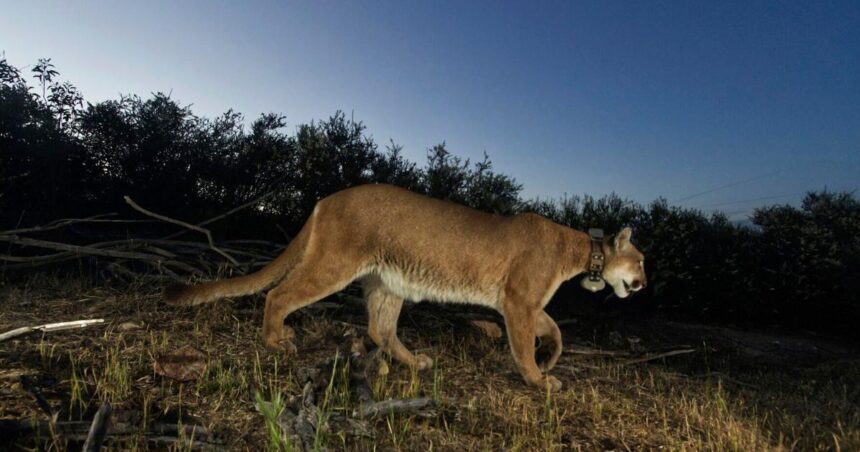An additional 39 mountain lions were authorized for hunters to kill in west-central Montana next hunting season following approval by the Fish and Wildlife Commission on June 20.
Commissioner Jeff Burrows, of Hamilton, had proposed the increase in the greater Bitterroot region due to concerns regarding declining populations of other huntable wildlife like deer and elk.
For example, in Lion Management Unit 240, which encompasses much of the northern portion of the Bitterroot Mountains, Montana Fish, Wildlife & Parks had recommended a lion harvest of eight animals. Burrows recommended an increase to 18. The commission unanimously agreed.
“Sometimes these predator increases are characterized as a war on predators, and that is not the case here,” Burrows said. “This is in response to those ungulate populations.”
People are also reading…
Commissioner Jeff Burrows speaks during a meeting of the Montana Fish and Wildlife Commission in 2023.
Panel’s proposals
FWP developed the proposals for the commission’s consideration utilizing recommendations from a 13-member advisory panel. The Montana West-central Lion Ecoregional Population Objective Committee, LEPOC for short, met with agency biologists and digested a wealth of information over three meetings to reach an agreement on their proposal to manage for a stable population of lions in the west-central region.
Based on the information from FWP, LEPOC was told between 151-280 lions would need to be killed in west-central Montana to keep the population stable. The numbers were based on the average harvest over the past five years in the region (151) and the quota set last year for the area (280).
During last year’s hunting season, 179 lions were killed in the west-central ecoregion. Feeding that number into the department’s Integrated Population Model calculated a harvest of 235 lions to maintain a stable population.
Last year saw about a 7% increase in the lion harvest across the state, according to Brian Wakeling, FWP’s Game Management Bureau chief. That amounted to 542 cougars.
“Most of the increase was in the female segment,” he said.
Hard to correlate
Commission vice-chair Pat Tabor, of Whitefish, said he has been trying to understand the correlation between predator populations and ungulates.
“It’s not about trying to eradicate any species, of course not,” Tabor said. “It’s about trying to strike the right balance between both.”
Wakeling explained it’s not a direct correlation to fewer predators equals more ungulates because of all the many factors involved, including other predators, habitat, and weather that can affect deer, elk, and other ungulate populations. Even the price of gas can determine how many hunters venture out.
The difficulty of correlation was illustrated in the commission’s information packet showing deer and elk populations overlaid with lion harvest data from the west-central Lion Management Units. In some hunting districts, mule deer numbers rose as the lion harvest increased. In others, despite a lion harvest increase, deer numbers remained flat or declined.






